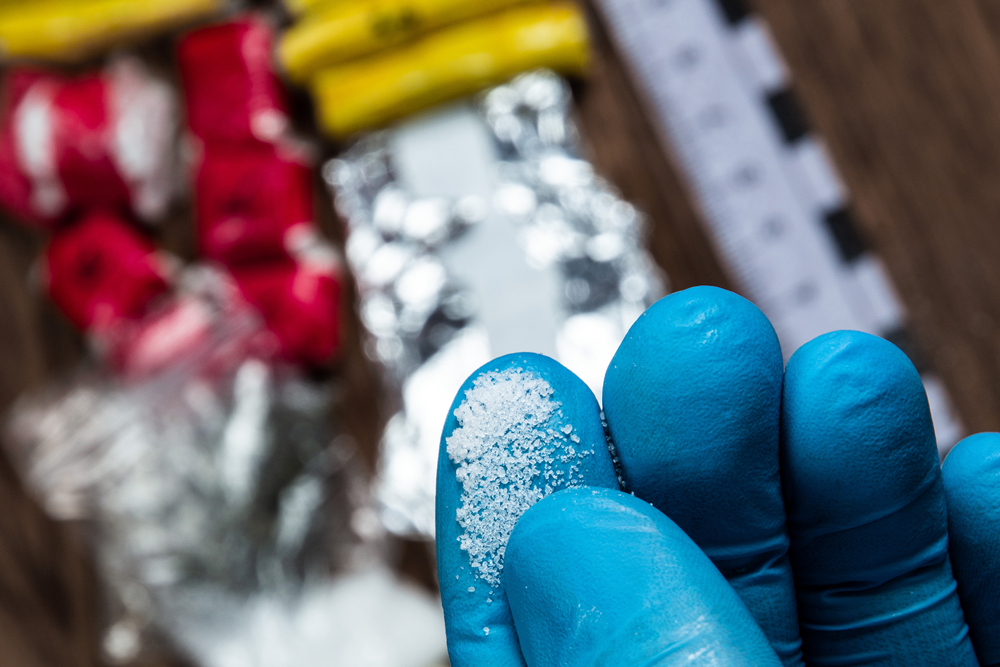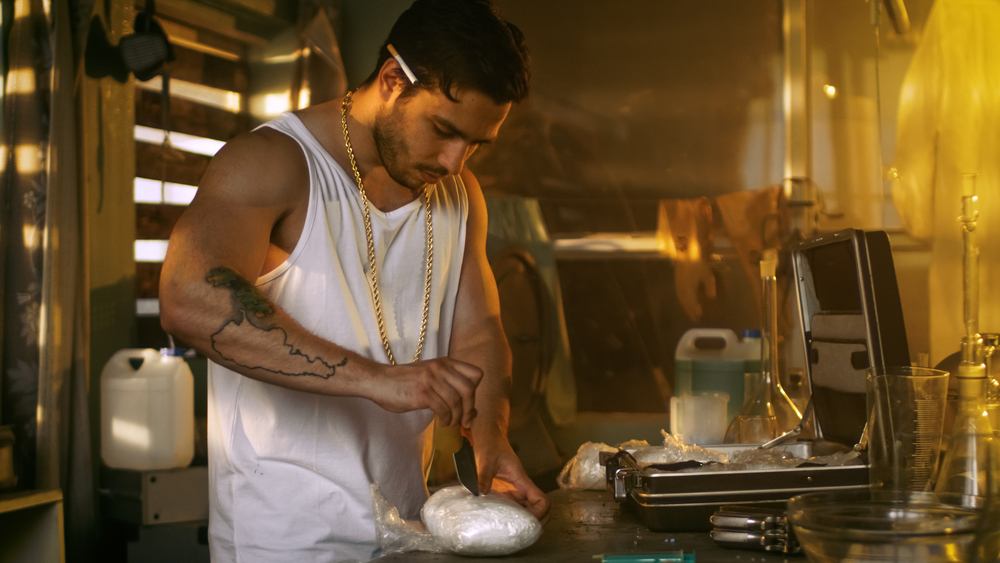Borderline Crisis: How Fentanyl is Crossing the US-Mexico Border
Synthetic opioids like fentanyl are the leading course of overdose deaths in the US. New data from the CDC’s National Center for Health Statistics shows that there were an estimated 81,083 opioid-related deaths in 2023. While this marks a slight decrease from the 84,181 deaths recorded in 2022, the numbers remain staggering and underscore the ongoing threat fentanyl poses to communities nationwide. Most of the fentanyl in the United States is smuggled across the US-Mexico border.
Our border with Mexico has become a major front in the fight against the opioid crisis. Despite efforts to tighten security, traffickers keep finding new ways to sneak the drug in. Mexican drug cartels have set up complex smuggling operations. They recruit US citizens to carry fentanyl across the border, hiding it in cars, trucks, and personal items.
How Fentanyl is Crossing the US-Mexico Border
Seizure reports show that the pounds of drugs seized at the border are trending down. But this is mostly only true for heavier, less potent drugs like marijuana. Seizures of fentanyl, which is 100 times more potent than morphine, is up significantly. In fact, it’s 480% higher at the southern border in 2023 compared to 2020.
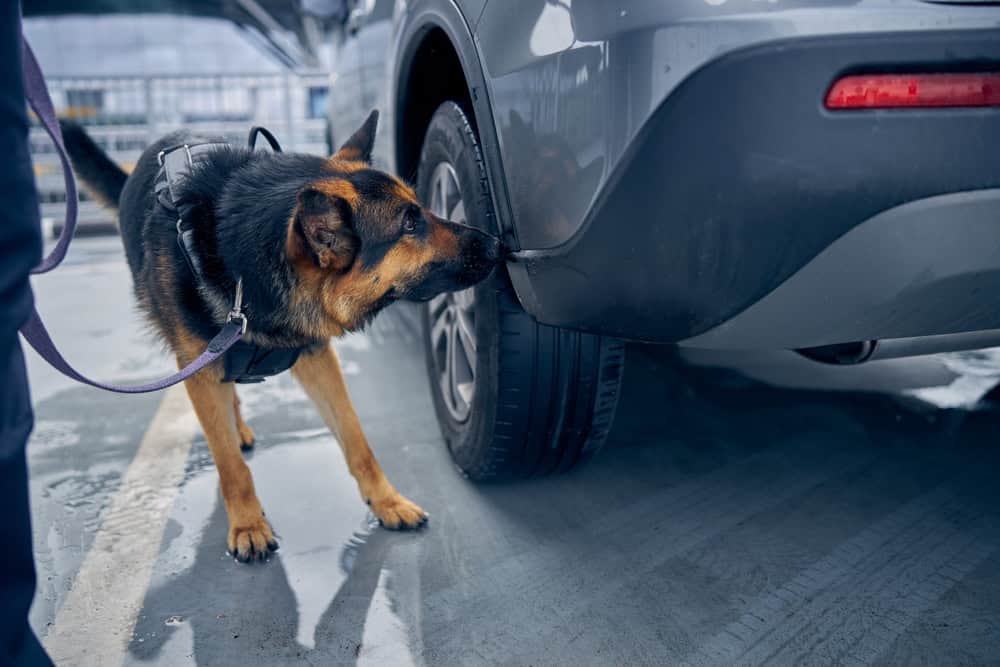
The US-Mexico southern border stretches approximately 1,954 miles, crossing four states: California, Arizona, New Mexico, and Texas. This long expanse includes about 26 official land ports of entry, where people, vehicles, and goods are legally allowed to cross between the two countries. These ports are crucial points for trade and travel but also serve as primary routes for smuggling fentanyl and other illicit drugs into the United States.
So, how does fentanyl get in the country?
You might be surprised to learn that most of the fentanyl coming into the US isn’t being smuggled by migrants—it’s often US citizens doing the job. Cartels recruit Americans because they can cross the border without drawing as much attention. They get paid well to hide fentanyl in cars, trucks, and even everyday items like food packages or clothes. Most of this drug trafficking happens right at official border crossings, like the busy ports of entry in San Diego and El Paso.
The Mexican cartels—mainly the Sinaloa and Jalisco New Generation cartels—have this down to a science. They use all kinds of tricks to get fentanyl past border agents. We’re talking about false compartments in cars, blending drugs with legal goods, and even hiding fentanyl pills or powder in shoes or personal items. It’s a cat-and-mouse game that’s constantly evolving, and the cartels are always finding new ways to beat the system.
Despite increased security measures, the sheer size of the border and the volume of traffic make it a challenging task for border patrol and customs agents to effectively monitor and intercept every illegal shipment that passes through.
What the US is Doing to Fight Back
The Biden Administration has been trying to crack down on this by going after the supply chain, especially the chemicals used to make fentanyl. Most of these chemicals come from China, and without them, cartels can’t produce fentanyl at the same scale.
Since 2019, China has cut down on sending fentanyl directly to the US. This is a big change noted by the DEA. However, China still plays a major role in the fentanyl crisis as it supplies the chemicals used to make fentanyl in Mexico and other Central American countries. These chemicals are shipped to Mexico, where cartels turn them into the fentanyl that floods the US.
So, the US has been pushing a foreign policy with China that will help tighten the rules on these chemicals. It’s a step in the right direction because if we can cut off the supply of these chemicals, we can slow down the production of fentanyl.
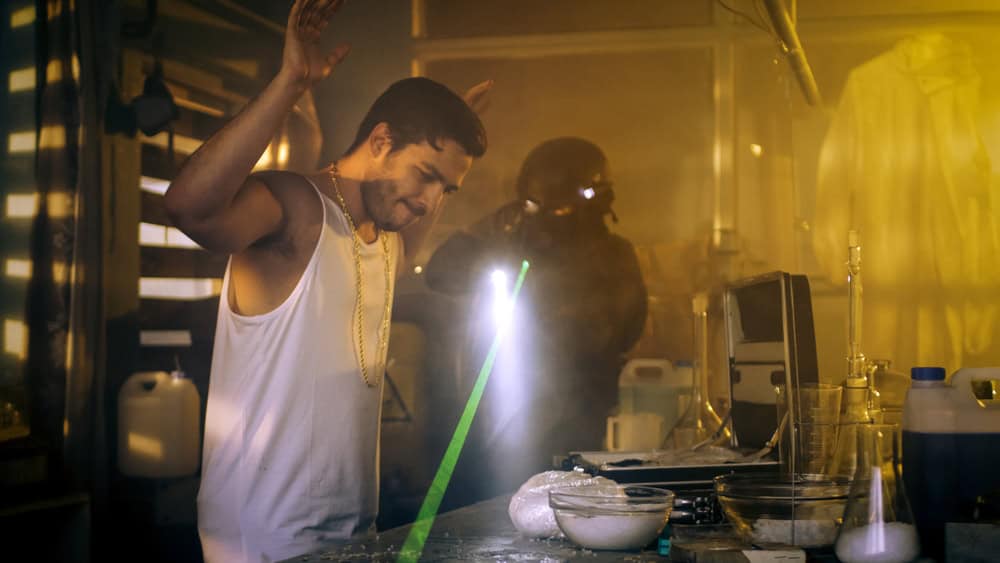
Federal law enforcement is also working hard to break up cartel operations. They’re going after the money trails that fund these groups and are working with Mexican authorities to shut down labs where fentanyl powder is made. At the same time, US agencies are stepping up their game at the border, using more advanced tech like X-ray machines and drug detectors to spot hidden stashes of fentanyl. They’re also training customs and border protection agents to spot the tricks smugglers use.
But let’s be real—the cartels are always adapting, so it’s a constant battle. For example, fentanyl comes in many forms, and each version can be made using different chemicals. Cartels keep switching up how they make the drug, finding new chemicals that are easy to get.
It’s like a never-ending chase between cartels trying to make money and governments trying to stop them. It’s a dangerous game, and both sides are constantly trying to outsmart each other.
The Real Impact of Fentanyl
Illicit fentanyl is incredibly dangerous. It only takes a tiny amount—just two milligrams, about the size of a few grains of salt—to be deadly. That’s why fentanyl is so lethal and why it’s driving the overdose crisis in the United States. Here are some dangerous impacts of fentanyl and why it’s a public health concern:
Why Fentanyl is So Dangerous?
Fentanyl is often mixed with other drugs like cocaine, methamphetamine, and fake prescription pills. This isn’t an accident; it’s a deliberate move by cartels to make their products more potent and addictive. But it’s incredibly risky because users often don’t know fentanyl is in what they’re taking. This turns every dose into a deadly gamble.
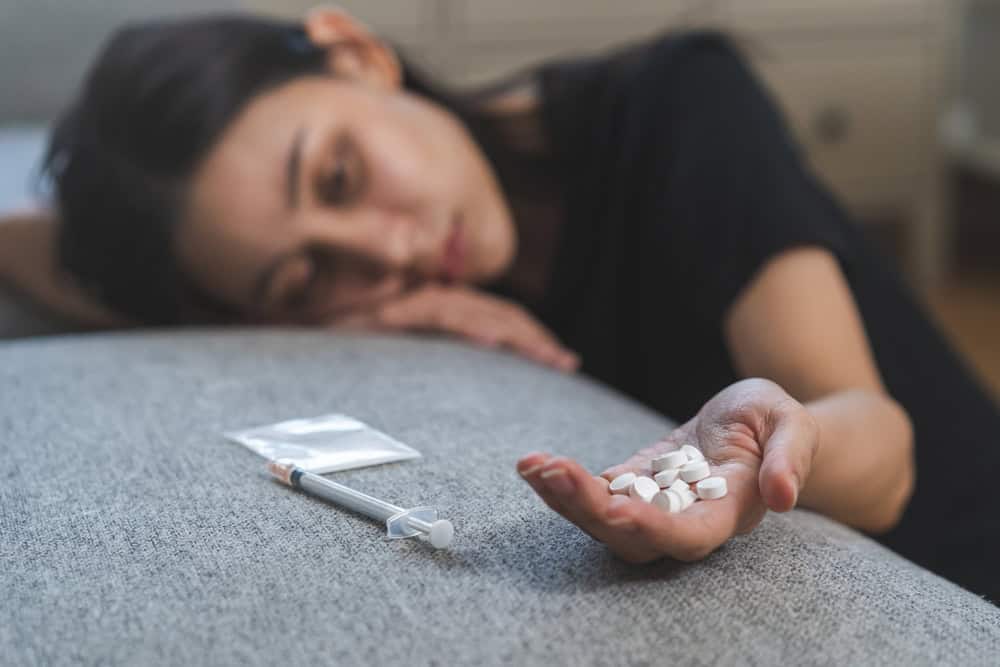
Fentanyl Overdose Deaths
Fentanyl remains the deadliest drug in the United States, and despite a slight drop in 2023, the crisis is far from over. For the first time since 2018, overdose deaths declined, but the numbers are still staggering. Over 100,000 Americans lost their lives to drug overdoses last year, and fentanyl was responsible for about 75,000 of those deaths.
It’s Everywhere and It’s Overwhelming
Fentanyl has flooded the streets, and it’s not just in big cities. It’s in small towns, suburbs, and communities that never thought they’d face a drug crisis like this. It’s cheap to make and easy to transport, which is why it’s turning up all over the country.
The strain on our healthcare system is enormous. Emergency rooms are overwhelmed with overdose cases, and the cost of treating these emergencies is skyrocketing. First responders use drugs like Narcan every day to save lives, but it’s just a Band-Aid on a much bigger wound.
The battle against fentanyl is tough, but it’s one we can’t afford to lose. Let’s take action now to protect our loved ones and build a safer future.
